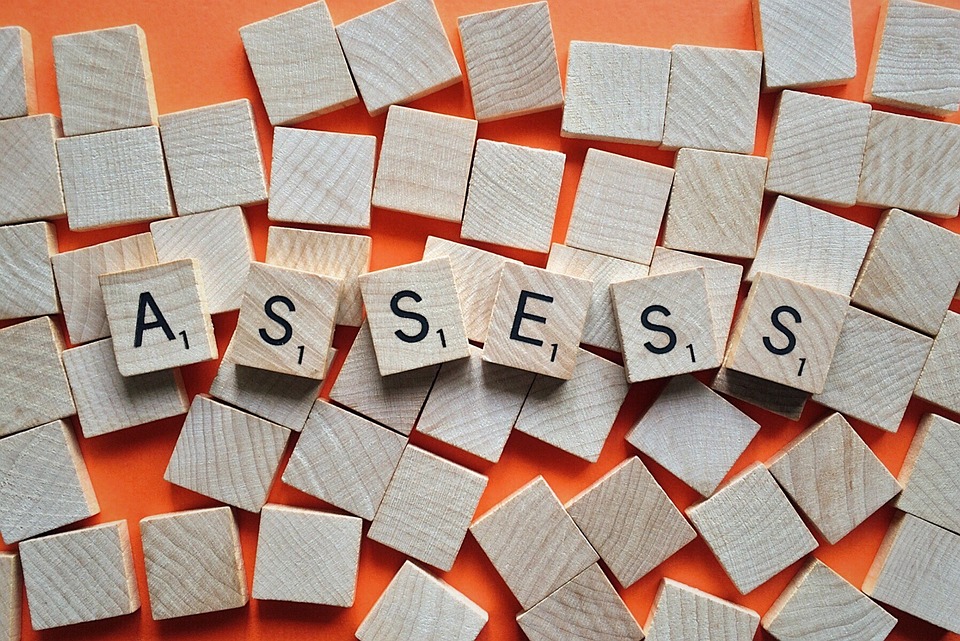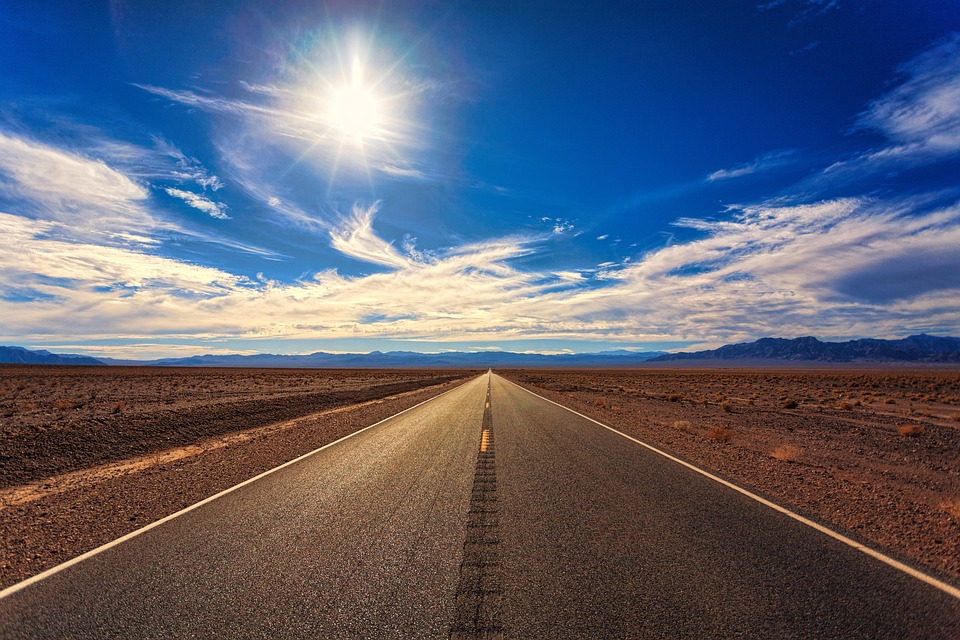California’s fire zone numbers have been making headlines for years now, as the state continues to battle devastating wildfires that seem to be increasing in frequency and intensity. These fire zones are designated areas that are at high risk for wildfires, and the numbers associated with them are constantly changing as new fires ignite and old ones are contained.
One of the key factors in assessing the impact of California’s fire zone numbers is the changing landscape of the state. As more and more people move into and develop rural areas, they are encroaching on the natural wildland-urban interface, where wildfires are most likely to occur. This not only puts more people and property at risk, but also makes it more difficult for firefighters to contain these fires.
In recent years, California has experienced some of the largest and most destructive wildfires in its history. The Camp Fire in 2018, which destroyed the town of Paradise and killed 85 people, was the deadliest and most destructive wildfire in California’s history. The Thomas Fire in 2017, which burned over 280,000 acres in Ventura and Santa Barbara counties, was the largest wildfire in California’s history at the time.
These devastating fires have led to increased awareness of the need to assess and monitor California’s fire zone numbers. The state has been working to improve its fire prediction and prevention efforts, using advanced technology and data analysis to identify high-risk areas and take proactive measures to mitigate the threat of wildfires.
One of the key tools in assessing the impact of California’s fire zone numbers is the Fire Hazard Severity Zone (FHSZ) map, which designates areas of the state based on their risk of wildfire. These zones are determined by factors such as vegetation, topography, weather patterns, and historical fire data. By analyzing these factors, officials can determine which areas are most at risk and prioritize resources for fire prevention and suppression efforts.
In addition to the FHSZ map, California also uses the State Responsibility Area (SRA) map, which designates areas where the state is responsible for fire protection. These areas tend to be more remote and less developed, making them more difficult to access and protect from wildfire. By assessing the impact of these maps and the changing fire zone numbers, officials can better plan for and respond to future wildfire threats.
As California continues to grapple with the increasing impact of wildfires on its landscape, it is crucial that officials and residents alike stay informed and vigilant. By understanding the factors that contribute to wildfires and assessing the changing fire zone numbers, we can work together to protect our communities and natural resources from the devastating effects of these disasters.





